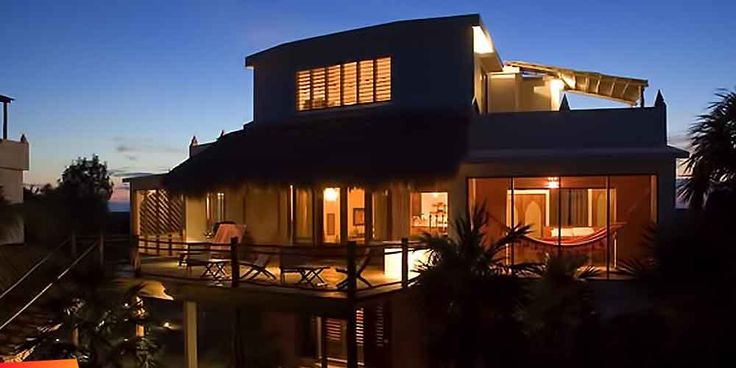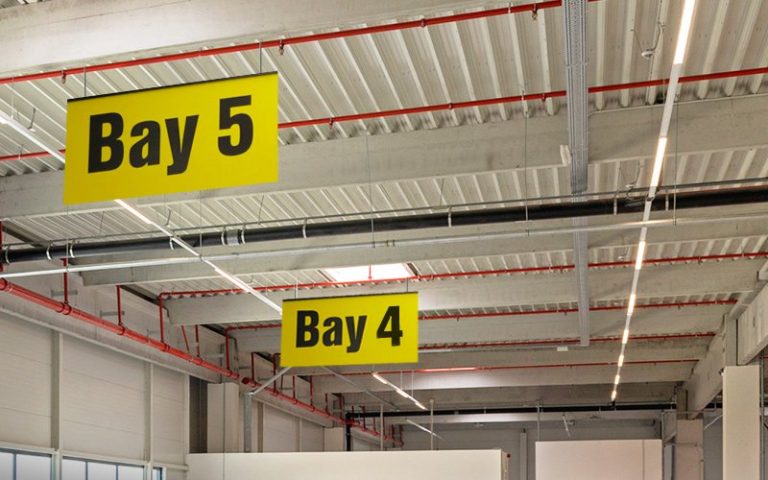Navigating Commercial Property Leasing: A Comprehensive Guide
Leasing commercial property is a common and practical approach for businesses of all sizes and industries. Commercial properties for lease offer flexibility, scalability, and accessibility, allowing businesses to secure the space they need without the long-term commitment and financial constraints of ownership. In this comprehensive guide, we will explore the world of Commercial property for lease, covering key property types, the leasing process, factors to consider, and the benefits and challenges associated with commercial property leases.
- Key Categories of Commercial Properties for Lease
Commercial real estate for lease comprises various property types to cater to diverse business needs. The primary categories of commercial properties available for lease include:
A. Office Space: Office buildings offer spaces for professional services, ranging from small businesses to large corporate headquarters. They are often located in central business districts or suburban areas.
B. Retail Space: Retail properties encompass shopping centers, standalone stores, strip malls, and other spaces for businesses that cater to consumers and rely on foot traffic.
C. Industrial Property: Industrial real estate includes warehouses, manufacturing facilities, distribution centers, and logistics hubs, supporting manufacturing, storage, and distribution operations.
D. Multifamily Housing: Multifamily properties consist of apartment buildings, condominium complexes, and other residential properties with multiple units available for lease.
E. Hospitality: The hospitality sector consists of hotels, motels, and other lodging establishments catering to travelers and tourists.
F. Healthcare: Healthcare properties include medical offices, clinics, and healthcare facilities offering space for medical practitioners and related services.
G. Special Purpose Properties: Special purpose properties serve unique functions, such as theaters, churches, schools, and sports facilities, and may be available for lease.
- The Leasing Process
Leasing a commercial property involves several key steps:
A. Define Your Space Needs: Start by identifying your business’s space requirements, considering factors such as size, location, layout, and specific needs.
B. Property Search: Engage a real estate agent or broker specializing in commercial properties to help you find suitable listings. You can also explore online databases and property listing platforms.
C. Property Tours: Visit potential properties to evaluate their suitability, location, and condition. Arrange property tours and inspections to assess if the space aligns with your business requirements.
D. Lease Negotiation: Engage in negotiations with the property owner or landlord. Discuss lease terms, rental rates, lease duration, and any special requirements or tenant improvements.
E. Due Diligence: Conduct thorough due diligence, which may include financial analysis, credit checks, title searches, and a review of the lease agreement. Ensure that the lease terms are favorable and meet your business goals.
F. Lease Signing: Once negotiations are complete and due diligence checks out, sign the lease agreement, and pay any required deposits or upfront rent.
- Location Matters
The location of a commercial property is one of the most critical considerations when leasing. The property’s location affects your business’s accessibility, visibility, and proximity to target customers. Key factors to assess include:
A. Accessibility: Evaluate the property’s proximity to major highways, public transportation, and parking options to ensure convenient access for employees, customers, and suppliers.
B. Demographics: Analyze the local population’s size, age distribution, income levels, and growth trends to understand the potential customer base and employee pool.
C. Competition: Assess the level of competition in the area, including the presence of similar businesses and the potential for customer overlap.
D. Zoning and Regulations: Verify that the property’s intended use complies with local zoning laws, permitting requirements, and building codes to avoid potential legal issues.
- Assessing Property Condition
The physical condition of a commercial property is a vital aspect of the leasing process. An inspection should be conducted to evaluate the property’s:
A. Structural Integrity: Ensure the building’s foundation, roof, walls, and systems are in good condition and comply with safety standards.
B. Environmental Issues: Assess the property for potential environmental hazards or contamination that may affect your business operations.
C. Maintenance and Repairs: Consider the maintenance history and any necessary repairs or upgrades. Well-maintained properties are more likely to provide a comfortable and functional workspace.
D. Code Compliance: Verify that the property adheres to local building codes and regulations to avoid potential legal issues.
- Lease Terms and Agreements
When leasing a commercial property, it’s essential to thoroughly review and understand the lease agreement. Key aspects to consider include:
A. Lease Duration: Determine the length of the lease term, including any renewal options. Longer lease terms may provide more stability but can limit flexibility.
B. Rental Rate: Negotiate the rental rate, rent increases, and payment schedule. Understand any additional costs or expenses, such as utilities, maintenance, and taxes.
C. Tenant Improvements: Discuss any tenant improvements or alterations that are necessary to make the space suitable for your business. Clarify who is responsible for funding and executing these improvements.
D. Lease Renewal and Termination: Understand the terms and conditions for lease renewal or early termination, and any associated penalties or costs.
E. Lease Restrictions: Review any restrictions or limitations within the lease, such as operational hours, signage, and permitted uses of the space.
- Benefits and Challenges of Commercial Property Leases
Commercial property leases offer several benefits for businesses:
A. Flexibility: Leasing allows businesses to adapt to changing needs and market conditions without the long-term commitment and financial constraints of ownership.
B. Access to Prime Locations: Leasing provides access to prime locations that may be cost-prohibitive to purchase.
C. Lower Capital Investment: Leasing requires less upfront capital compared to purchasing a property.
D. Tax Benefits: Lease payments are often tax-deductible as a business expense.
However, leasing also comes with its share of challenges:
A. Limited Control: Tenants have limited control over the property and may be subject to the landlord’s rules and restrictions.
B. No Equity Build-Up: Unlike ownership, leasing does not result in the accumulation of equity in the property.
C. Rental Costs: Over time, the cumulative rental costs may exceed the cost of property ownership.
D. Lease Renewal Risks: Lease renewals are subject to negotiation, and tenants may face rental increases or the need to relocate.
Conclusion
Leasing a commercial property offers businesses the flexibility and accessibility they need to thrive in various industries. Success in leasing commercial real estate relies on understanding the types of properties available, assessing location and property condition, negotiating favorable lease terms, and considering the benefits and challenges associated with leasing. By carefully navigating the leasing process and making informed decisions, businesses can secure the right commercial property to support their operations and growth in today’s dynamic business environment.






